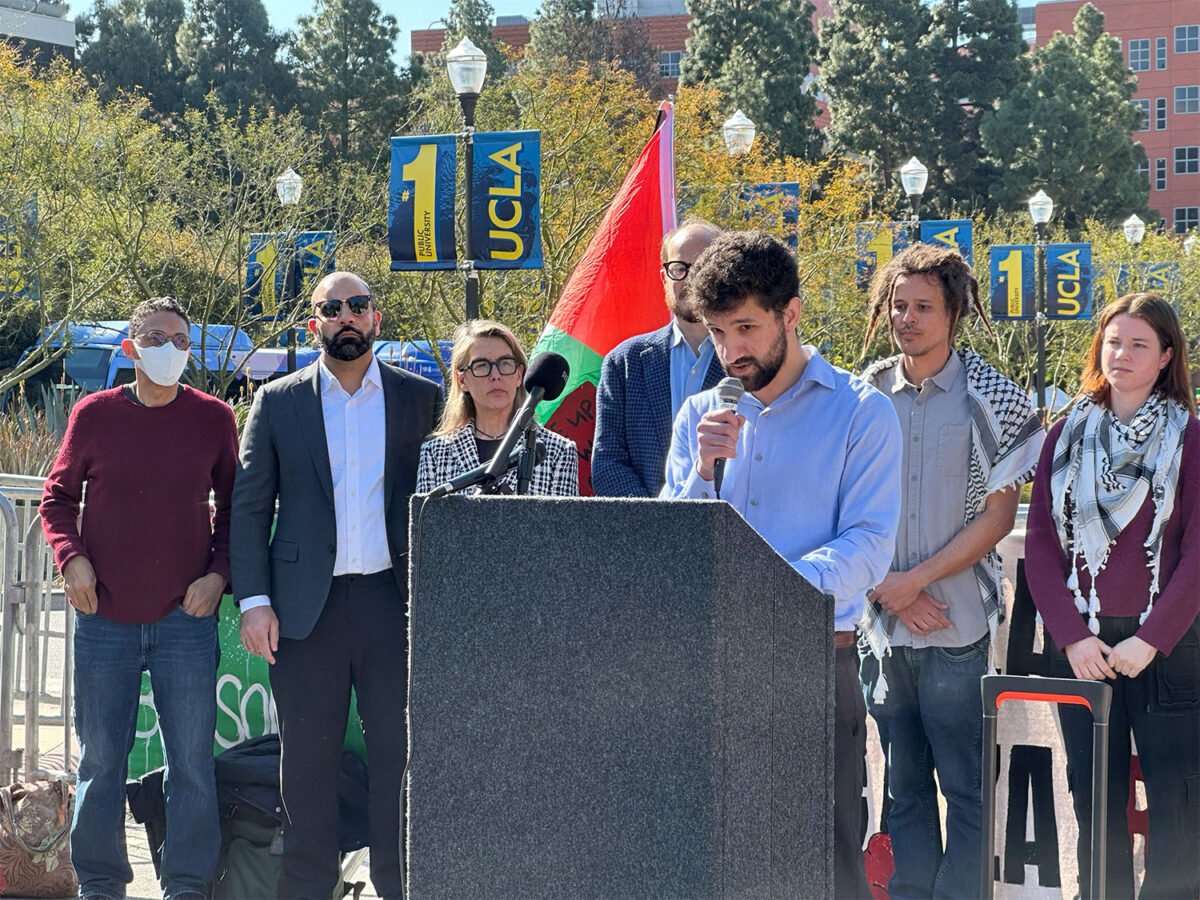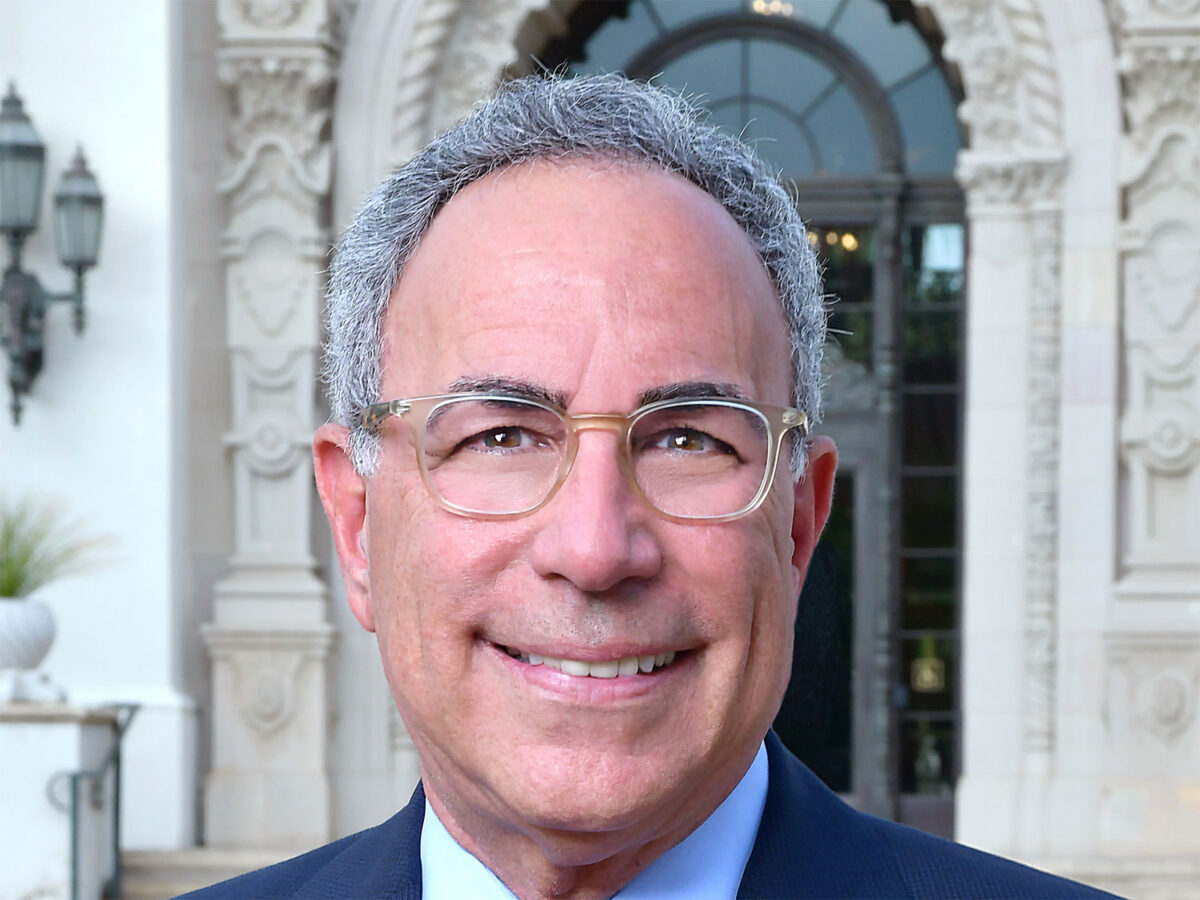The Beverly Hills City Council at a Feb. 19 Study Session directed city staff to make changes to the conditions of councilmembers’ rotations into the office of mayor and vice mayor. The proposed policy, should it be formally approved, would prevent councilmembers who place third in June elections from serving as mayor during that term.
Four councilmembers agreed to the decision, and one abstained.
The resolution came after discussions at the Feb. 5 and Feb. 19 Study Sessions and stems from a statutory quandary. The offices of vice mayor and mayor are held by city councilmembers on an annual, rotating basis, determined by their date of election and the number of votes they receive. Installations of both offices take place every April.
However, the passage of one local measure and two state measures in the past decade created problems with the existing structure. SB 415 and SB 970, passed in 2015 and 2020, respectively, altered the schedule of local elections. In their wake, elections are held in June for three city councilmembers in non-presidential election years. In presidential election years, elections are held in March for two city councilmembers.
Additionally, Beverly Hills voters approved Measure TL in 2022, which imposes a limit of three terms of four years each for councilmembers.
Due to these state laws and city practices, it is possible for a councilmember to be elected mayor in April of the last year of their term, then cease to hold office in July of the same year because he or she is not reelected, terms out or decides not to run for office. In such a case, that individual would hold the office of mayor for just three months.
After several potential solutions were eliminated at the Feb. 5 Study Session, City Manager Nancy Hunt-Coffey presented the council with two revised options in the Feb. 19 Study Session. Both effectively prevented councilmembers who received the fewest votes in June elections from serving as vice mayor or mayor.
During a 1.5-hour discussion, councilmembers weighed the pros and cons of the proposals. Most were concerned that preventing the councilmember with the fewest votes from serving as vice mayor was inequitable.
“If three people are elected, then that’s the will of the people, and they want all three people to serve at some point,” said Vice Mayor Nazarian. “Removing the third person altogether from the election cycle seems a little unfair.”
The councilmembers largely agreed that no options existed in which no one would be negatively affected. They also agreed that the individual with the fewest votes should be allowed to serve as vice mayor. However, this did not eliminate the possibility of a person who had never served as vice mayor to be installed as mayor.
The final proposal was put forth by Councilmember Craig Corman, who suggested a solution based on the council’s recent decision to split the 2025-2026 vice mayorship. Corman reiterated that the councilmember who receives the fewest votes in June elections should be allowed to serve as vice mayor but not mayor, with the caveat that if the individual who is next in rotation has never served as mayor, the vice mayorship would be split.
“This basically conforms with what we’re [already] doing,” said Corman.
Nazarian agreed, adding that the issue can always be brought back to council, particularly given that several of the potentially problematic outcomes would not happen for at least 10 years.
“I don’t think that anybody sitting up here is unreasonable, and I’m hopeful for the future, and I would leave that up to the council in 10 years to make that decision with their colleagues,” she said.
Councilmember Mary Wells and Mayor Lester Friedman were in agreement. Councilmember John Mirisch maintained that denying one councilmember from serving as mayor, specifically, particularly if they serve more than one term, was unfair, and abstained.







